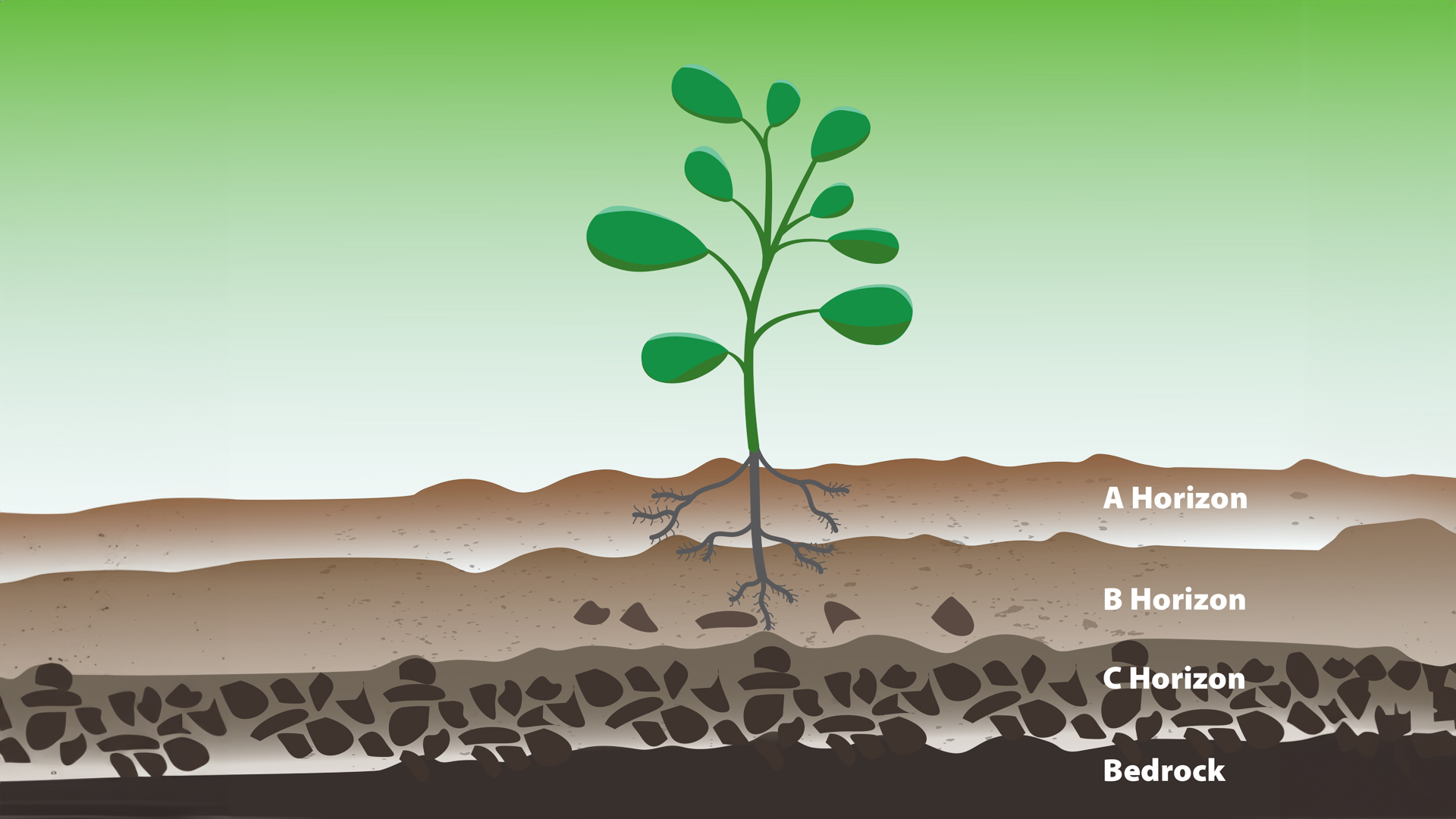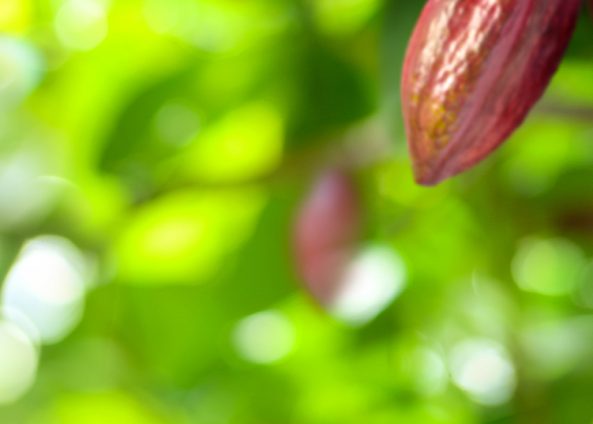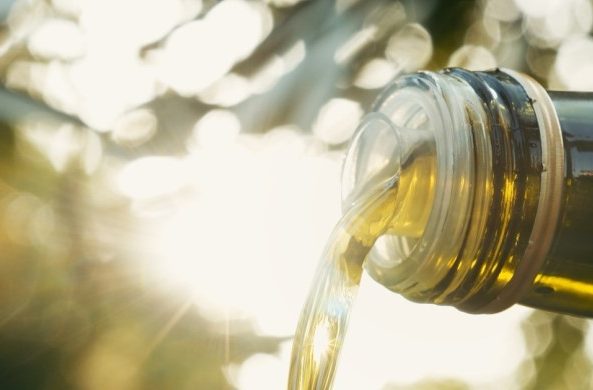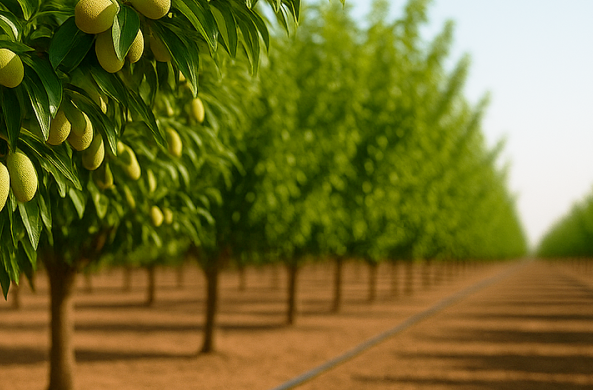
Soil characteristics that benefit from using close drip emitter spacing
When trying to achieve a uniform wetted zone along a plant row/bed, soil type plays a critical role in product choice, in terms of emitter spacing and flow rate.
The first consideration is the dominant soil type in the upper profile (A horizon). Although there are many variants of soil. The image below shows the three major soil groups, sand, silt, and clay.

Water will move through these soils very differently, with lateral (sideways) movement of moisture being the greatest in the clay soil and least in the sandy soil. Infiltration will be fastest in the sandy soil and typically the slowest in the clay soil.
The second consideration is the required depth of irrigation that is desired and what, if any, soil constraints exist.
In some fields, the A horizon can be as deep or deeper than the expected root zone of the crop. In other situations, there may be a distinct change in soil type/structure between the A and B horizon that could create an issue with salt accumulation, restricted root growth or moisture accumulation that will impact plant growth.
When evaluating the options for close emitter spaced drip tape products, there is a balance between lateral movement of water and how deep you want or can allow the water to move through the profile.
To achieve the desired lateral spread of water, if the irrigation event needs to be long, depending on the soil type, the water will move deeper into the profile.
Closer spaced emitters will provide more lateral movement of water than wider spaced emitters in all soil types.
Want to know more? Download the full guide here >>





